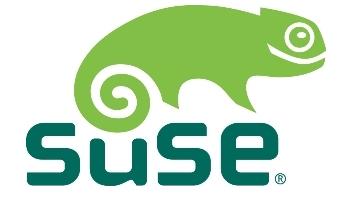SUSE Linux Enterprise Server 11: Review

We hit a few snags with SUSE Linux Enterprise (SLES) 11 and its Service Pack 1, especially involving KVM and Hyper-V, but Novell is doing a good job of maintaining SLES as an enterprise operating system
With the first service-pack update to its SUSE Linux Enterprise Server 11, Novell has stuck with its philosophy of appealing to as many different server constituents as possible, with a particular focus on assuming as many different virtualisation host and client roles as possible.
Between the OEM arrangement with VMware for SLES that Novell announced in June and the goodies that SUSE Linux Enterprise 11 Service Pack 1 brings relating to Xen, KVM and Hyper-V, SUSE’s enterprise-oriented Linux offering merits evaluation by organisations running virtual infrastructures of all stripes.
Of course, the more broadly a vendor spreads its attention, the more difficult it can be to really to nail any one area. In my tests of SLES 11 SP1, I encountered a few snags—particularly in the KVM and Hyper-V quarters outside of Novell’s preferred Xen terrain—but I was impressed overall by the progress that Novell has made maintaining in SLES as a leading enterprise operating system amid industry shifts around virtualization and cloud computing.
Versions of SLES 11 are available for the x86, x86_64, Itanium, IBM PowerPC and zSeries processor architectures. I tested the x86_64 version of SLES 11 SP1 on a dual-processor server with 4GB of RAM, which I pressed into service as first a KVM virtualisation host and then a Xen virtualisation host. I also tested SLES 11 SP1 as a guest operating system running under those KVM and Xen hosts, and as a guest machine running under Windows Server 2008 R2 with Hyper-V.
SLES 11 is sold by annual subscription, with pricing that differs based on support level and processor architecture. For x86 and x86_64 architectures, subscriptions range from basic plans that include 30 days of telephone and e-mail-based support and cost $349 (£228) per system to priority subscriptions that cost $1,499 (£980) per system and include 24/7 telephone and e-mail support over the full support term.
All subscriptions include access to product updates and allow for an unlimited number of hosted virtual machines. For more on SLES 11 pricing, go here.
SLES in the lab: under Hyper-V…
I kicked off my tests with Hyper-V. Owing to the infamous Linux collaboration arrangement that Novell and Microsoft began back in 2006, I expected the path to running SLES under Hyper-V to be particularly smooth. Right off the bat, I was pleased to find that the so-called enlightened drivers required to use full-speed virtual components under Hyper-V were automatically installed on my test instance.
I was less pleased to find that while the driver required for my test instance to use its virtual network interface came preinstalled, my test system needed some prodding before it would use it. I had to issue the command “modprobe hv_netvsc” to get my SLES instance to recognise its network interface. I then edited my instance’s /etc/sysconfig/kernel file to load the module automatically upon subsequent boots.